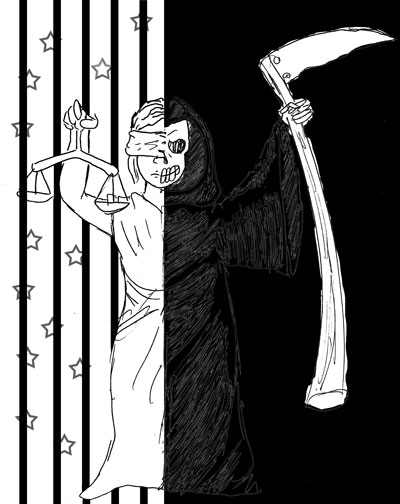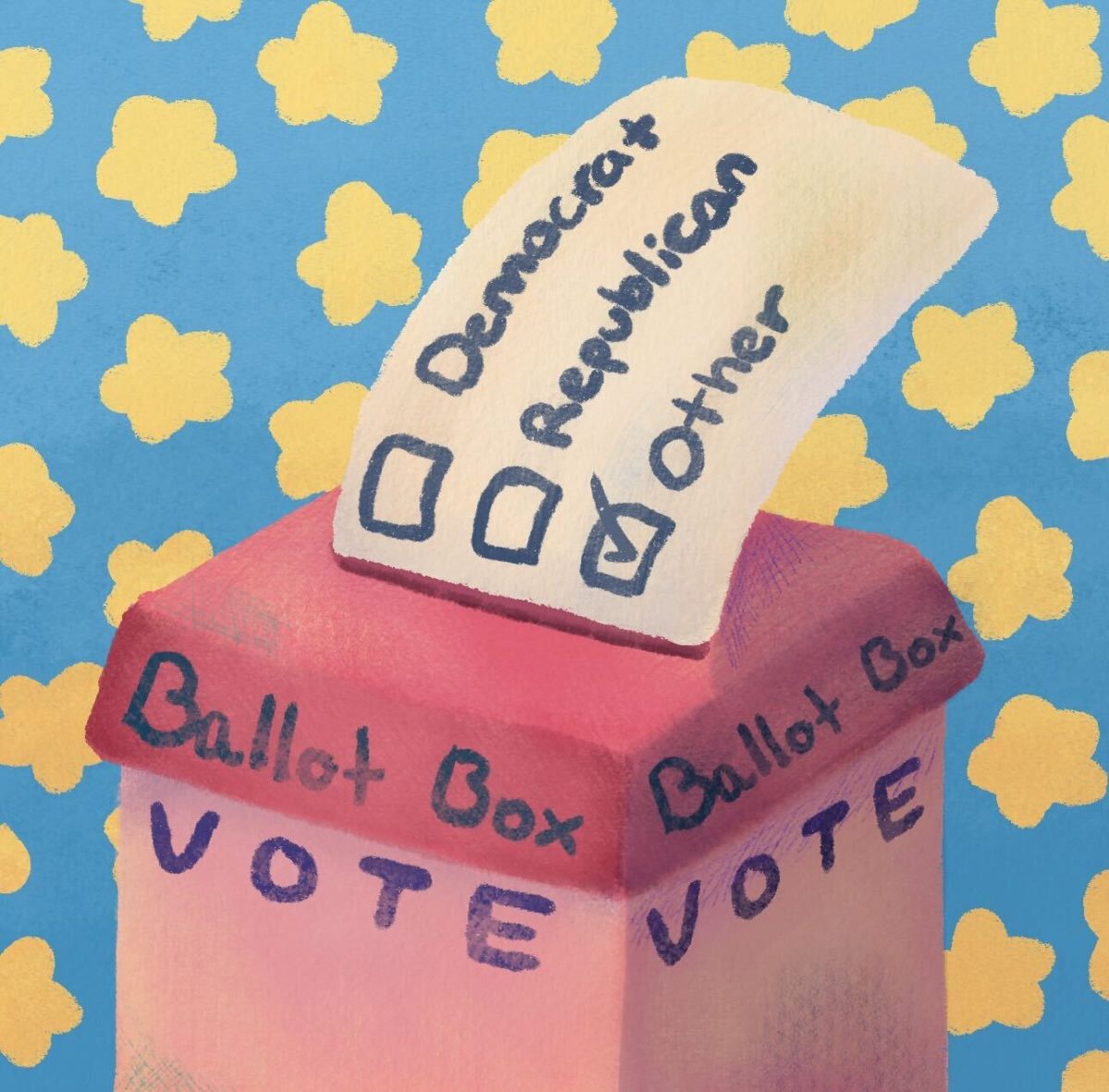
Californians have an opportunity to decide the fate of hundreds of human lives at tomorrow’s election. If passed, Proposition 34 would eliminate the death penalty and replace it with a sentence of life in prison without the possibility of parole.
The main arguments for Proposition 34 include that the death penalty should be abolished because it’s much more expensive to execute prisoners than to keep them locked up for life – besides the fact that it is an inhumane system of punishment. Although those arguments are valid, another factor has not received the attention it deserves; the inherent racism within the execution of the death sentence.
Those who support the death penalty argue the system functions in a color-blind fashion and punishes the most violent. However, there is much evidence to invalidate this belief.
Approximately 1,264 people have been executed in United States since 1976, according to the Institute for Southern Studies. The study shows that blacks have been disproportionately affected by the death sentence for many racial reasons.
Almost 73 percent of the executions since 1976 took place in 13 southern states – where the death penalty was once a powerful tool for controlling the slave population. A 2011 analysis by the Houston Chronicle on prosecutorial records showed that in Harris County — the Texas county with the highest execution rate in the nation — 12 of the 13 men newly condemned to die were black.
A 2010 study of Florida illustrated that the the racial composition of the jury has a great impact on the trial’s outcome. The study showed that in trial cases with no blacks in the jury pool, black defendants were convicted 81 percent of the time and whites convicted 66 percent of the time. The research also illustrated that of 700 cases examined, about 40 percent of the juries had no black members and most of the others had one or two black members – often violating the defendant’s sixth amendment right to a trial by a fair and impartial jury of his/her peers.
Another significant factor that explains racial disparity on death row is the importance of the race of the victim. According to the United States Census Bureau, the U.S. homicide ratio since 1980 has remained the same – evenly split between murders of black and white. However, a 2012 report by the National Association for the Advancement of Colored People showed that since 1976, 77 percent of executed convicts were accused of killing a white person.
The victim’s race has played a significant role in California’s death penalty trials. According to deathpenaltyinfo.org, blacks are the largest racial group on California’s death row. The 2005 study called “The Impact of Legally inappropriate Factors on Death Sentencing for California Homicides 1900-1999” released by the Santa Clara Law Review, showed that California’s population in 2000 was about 6 percent black. However, the racial makeup of California’s death row in 2005 was 36 percent black.
The study showed that the victim’s race in California has been inappropriately considered when deciding to impose the death penalty. It found that 82 percent of those executed were put to death for killing whites — despite the fact that the California Health Department indicated just 27 percent of the murder victims in the state were white. Homicides involving white victims were four times more likely to result in a death sentence than those with black victims.
Furthermore, blacks who killed whites were more likely to be sentenced to death than whites who kill whites. But, as illustrated in the study, this was not because such homicides were more “aggravated” or “deserving of the death penalty.” In fact, even when there were no aggravating circumstances in existence, those who killed whites were almost eight times more likely to be sentenced to death than those who killed blacks, and 11 times more likely to be sentenced to death than those who killed Latinos.
It is not a new phenomenon to realize that racism and the death penalty have a relationship. In the 1972 case Furman v. Georgia, Furman, a black man who was declared mentally ill, claimed he killed William Mickey on accident. Even though evidence was suggesting Furman was telling the truth, he was sentenced to death after a one-day trial.
Fortunately, the United States Supreme Court reversed Furman’s conviction and the Furman case suspended capital punishment throughout the country for four years. It forced some states to rethink their statutes for capital offenses in order to assure that the death penalty would not be applied in a discriminatory manner.
“The disproportionate representation of race was the important factor in the Furman vs Georgia to begin with,” said Vickie Jensen, a sociology professor at CSUN who teaches criminology.
But, as Jensen points out, racial bias is still alive, but it is hard to detect due to its subtlety. She believes inequities in the system such as access to a good attorney could be one of the reasons for racial disparity.
“You have a right to an attorney, but it is not a right to a high-powered attorney,” said Jensen. “The poor and minorities usually don’t have access to a good attorney and public defenders are often not equipped for a trial.”
The United States proclaims justice, equality and liberty should be protected at all times. However, as admirable as this sounds in theory it has not been brought to fruition in everyday reality. As the so-called leader of the free world, the degree of equality here will be used as a measure against other democracies. No state (California for example) nor the federal government can be involved in practices that perpetuate or bear witness to racial injustice or bias without calling into question the authority of their ‘free world’ leadership.
Martin Luther King once said “injustice anywhere is a threat to justice everywhere.” Let these words resonate through your humanity as you vote to decide the life or death of other human beings.





